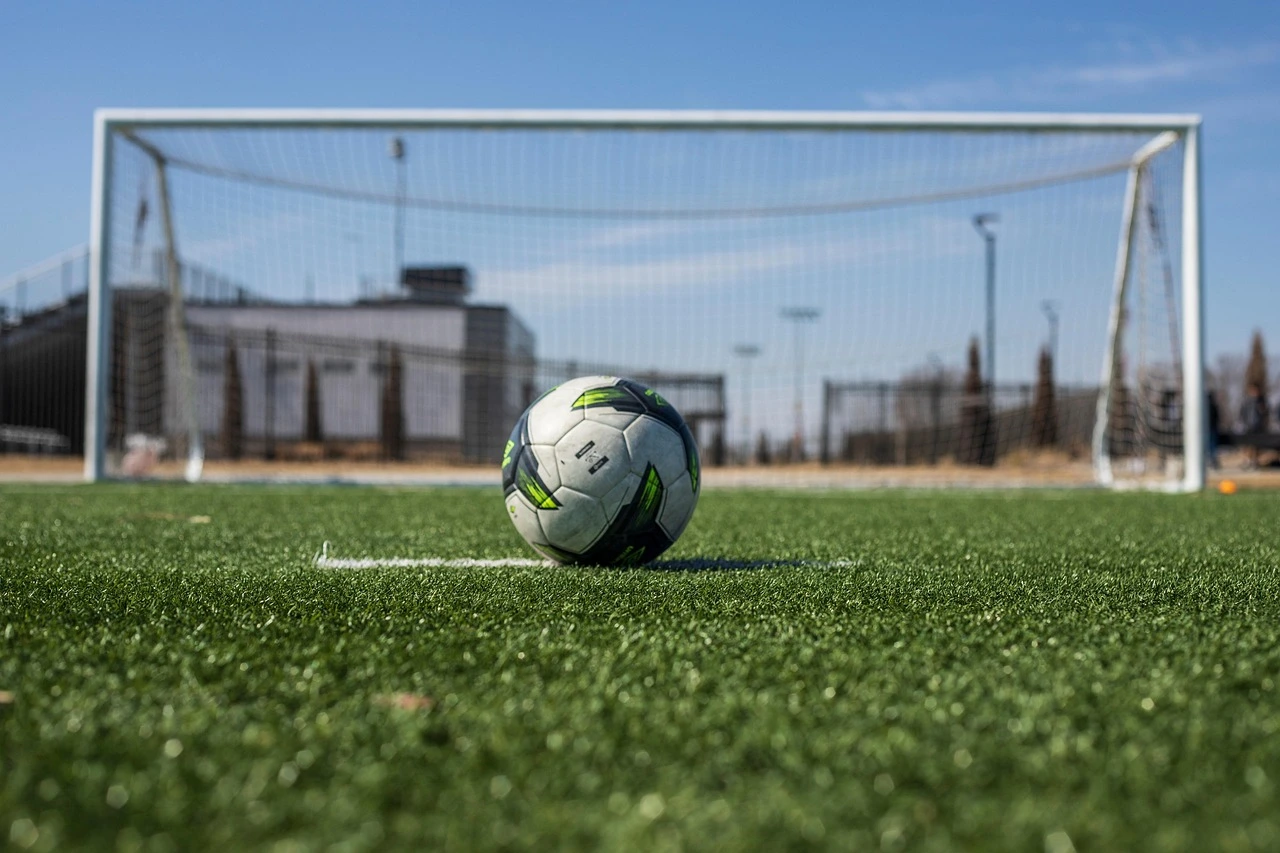Table of Contents
ToggleCustom image assets play a crucial role in SEO and can greatly impact a website’s visibility on search engines. In particular, attracting more backlinks to your page with a custom image can build the authority you need to rank higher. Also, the image itself may rank in Google Images can drive significant traffic to the website as well as increase brand awareness. However, creating custom assets that help ranking requires more than just uploading any image or video. One technique that can be used to inform and guide the creation of custom assets is Meme Mapping.
Meme mapping is a marketing technique that involves identifying and analyzing the cultural references and associations that consumers have with a brand or within an industry. By creating a “map” of these memes, marketers can make more strategic decisions about how to position their brand and what messaging to use. This can help a brand better resonate with its target audience.
This article will explore the key factors and best practices for creating custom assets that will rank in Google Images, as well as tips for creating high-quality custom assets that will set your website apart from the competition. Additionally, it will cover the technique of Meme Mapping and how it can be used to inform and guide brand positioning and messaging. By following the guidelines outlined in this article, you can improve your website’s visibility in Google Images, drive more traffic to your website and create high-quality custom assets that align with your brand positioning and messaging.
Meme Mapping: A Technique for Making Content That Works
Meme mapping is a marketing technique that involves identifying and analyzing the cultural references and associations that consumers have with a brand or within an industry. By creating a “map” of these memes, marketers can make more strategic decisions about how to position their brand and what design or messaging to use. This can help a brand better resonate with its target audience.
The technique works like this:
1. Build a Swipefile
2. Tag Memes
3. Identify Patterns
4. Test Creatives
The process of meme mapping starts by building a “swipefile” of industry creative examples, tagging, and coding them to identify patterns. Once the patterns are identified, marketers can test which memes work best with a particular audience. This is relevant to making custom assets for your post because it will help you generate ideas for your assets that are already highly likely to work because they have before.
Search the keyword that you’re trying to rank for with your blog post. What images show up when you click over to image search? Are there any patterns, like a particular chart or infographic, or perhaps a certain type or style of the image? Once you’ve established the patterns, it’s your choice as to whether you want to copy and make better an existing ‘meme’, or innovate by introducing the search results page to something new from another industry.
For an example I encountered recently, if we search “bayesian statistics,” we can see many of the ranking posts make use of similar graphics, showing the prior, posterior, and likelihood. There are also some posts showing Bayes’s formula and a few diagrams of the analytical process. These images are relatively low quality, and it’s easy to make something look better, even without strong design skills.

It’s now our choice as to whether to improve on the most common ‘meme’ (prior, posterior, likelihood graphic), one of the less common ones (Bayes formula), or introduce something new, perhaps that works in another complementary field. In this case, the decision was taken to remix two of the memes, combining both the prior graphic and the bayes formula. This post gets 13% of its traffic from Google Image search, compared to 1.6% average for blogs using stock photography instead of custom assets.

By using meme mapping as a technique, you can create high-quality custom assets that better resonate with your target audience and improve the SEO performance of your blog. You also maximize the chances of getting backlinks to these sorts of images, and people tend to include them in presentations. Furthermore, custom assets communicate that the publisher is serious about the topic and, therefore, trustworthy, likely making the post more commercially valuable as well.
Key Factors in creating custom assets for Google Images
Creating custom assets that rank well in Google Images requires attention to several key factors. These include:
- File size and compression: Large file sizes can slow down page loading speed, which can negatively impact user experience and SEO. Compressing images can reduce their file size without significantly reducing quality.
- File format: The most commonly used image file formats on the web are JPEG and PNG. JPEG is best for photographs and images with many colors, while PNG is best for images with transparent backgrounds, text, and graphics with sharp edges.
- File name and alt text: The file name and alt text of an image are used by search engines to understand the content of the image. Use relevant keywords in the file name and alt text to describe the image, and make sure they accurately reflect the content of the image.
- Image size and resolution: Images that are too small or too large can affect the user experience and reduce the chances of the image ranking well in Google Images. Make sure images are the right size and resolution for the website and devices they will be viewed on.
- Branding: The Bayesian statistics chart example we gave had well-matched colors to the brand of the website, but it lacked a logo or brand name. Including this in the corner of your image can have a branding benefit and decrease the chances of plagiarism.
By paying attention to these key factors, you can improve the chances of your custom assets ranking well in Google Images and driving more traffic to your website.
Best Practices for Optimizing Images for SEO
- Use relevant keywords in file names and alt text: By including relevant keywords in the file name and alt text, search engines will be able to understand the content of the image and how it relates to the surrounding text. This will help the image show up in relevant image search results.
- Use unique and high-quality images: Using original, high-quality images can help set your website apart from the competition. Avoid using low-resolution images or stock photos that are overused.
- Use structured data: By using structured data, you can provide additional information about images to search engines, such as image captions and image titles. This can improve the chances of the image showing up in rich snippets and in Google Images search results.
- Optimize images for loading speed: Images that take too long to load can negatively impact user experience and SEO. Optimizing images for loading speed, such as by compressing the file size, can improve the performance of the website and the chances of the image ranking well in Google Images.
By following these best practices, you can improve the chances of your custom assets ranking well in Google Images and driving more traffic to your website. Remember also to test your images to see what works best for your audience, and always monitor your analytics to see how your images are performing in terms of user engagement and traffic.
Tips for Creating High-Quality Custom Assets
- Use professional-grade equipment and software: Investing in high-quality equipment and software will result in better image quality and will make it easier to edit and optimize images for SEO.
- Try AI image generation software: Tools such as DALL-E, Mid journey, or Stable Diffusion have improved rapidly and are now, in many ways, better than what you would get from the average artist you would normally outsource to while being significantly cheaper.
- Use a consistent style and branding: Consistency in style and branding can help create a cohesive look and feel for your website and establish a memorable brand identity.
- Consider using stock images as a starting point, but customize them: Stock images can be a great starting point. To set your website apart from the competition, consider customizing the images to make them unique. This can be done by adding text, overlaying graphics, or using image editing software.
- Use a combination of text and imagery: Using a combination of text and imagery can help convey a message more effectively and can also provide additional information for search engines to understand the context of the image.
- Monitor and test your images: Keep an eye on your analytics and see how your images are performing in terms of user engagement and traffic. Test different images to see what resonates best with your audience.
By following these tips, you can create high-quality custom assets that will help your website stand out and maximize the value of the extra time and resources you put into creating a custom image. If done well, this investment can continue to pay dividends long after it has paid off its initial cost.
Additional Resources and Tools
Some popular image editing software and tools include Adobe Photoshop, Adobe Illustrator, Canva, and GIMP. This software and tools can be used to create, edit and optimize images for SEO.
There are many popular online resources for finding high-quality stock images, including Shutterstock, iStock, and Unsplash. These sites offer a wide range of images that can be used as a starting point for creating custom assets.
Popular plugins or extensions for optimizing images for SEO include SEO-Friendly Images, WP Smush, and EWWW Image Optimizer. These plugins and extensions can be used to compress image file sizes, add alt text, and perform other image optimization tasks.
Conclusion
In summary, by following the tips and best practices outlined in this article, you can create high-quality custom assets that will help your website stand out, increase the chances of getting more backlinks, and improve your visibility in Google Images. Additionally, by using the technique of Meme Mapping, you can ensure that your custom assets align with your brand positioning and messaging and better resonate with your target audience. Remember always to monitor your analytics and test different images to see what resonates best with your audience.






